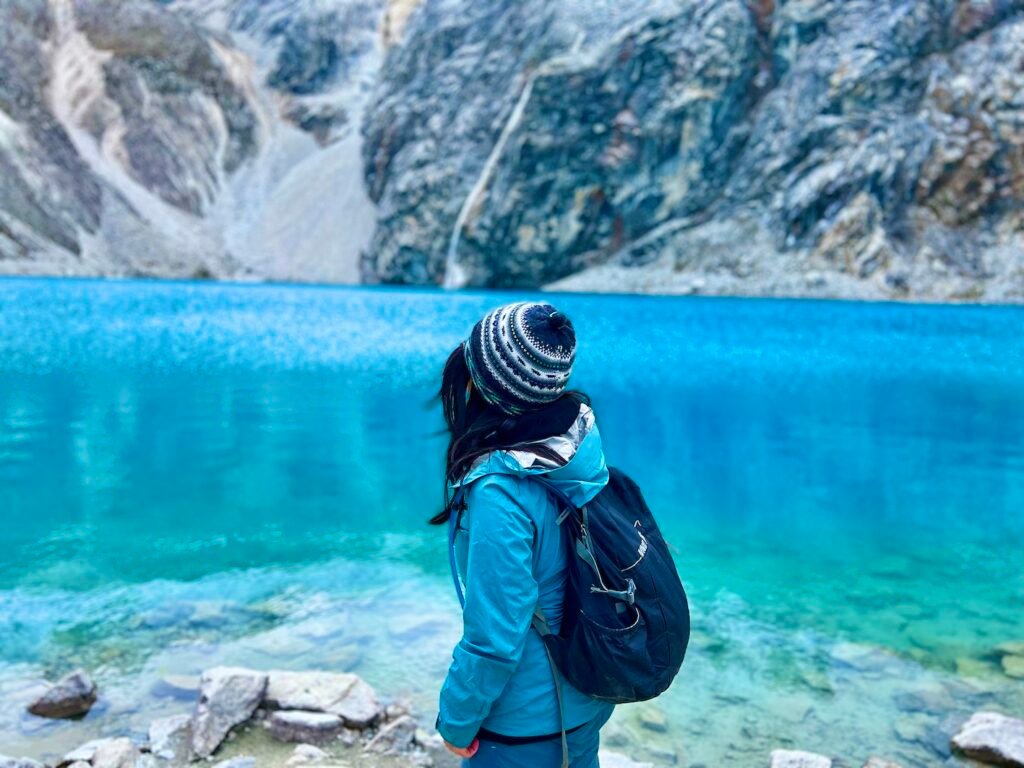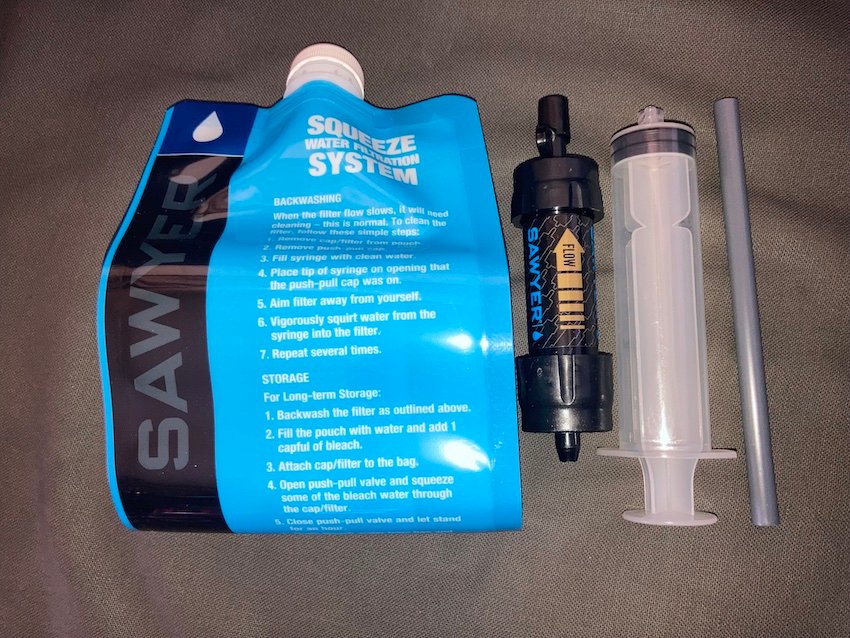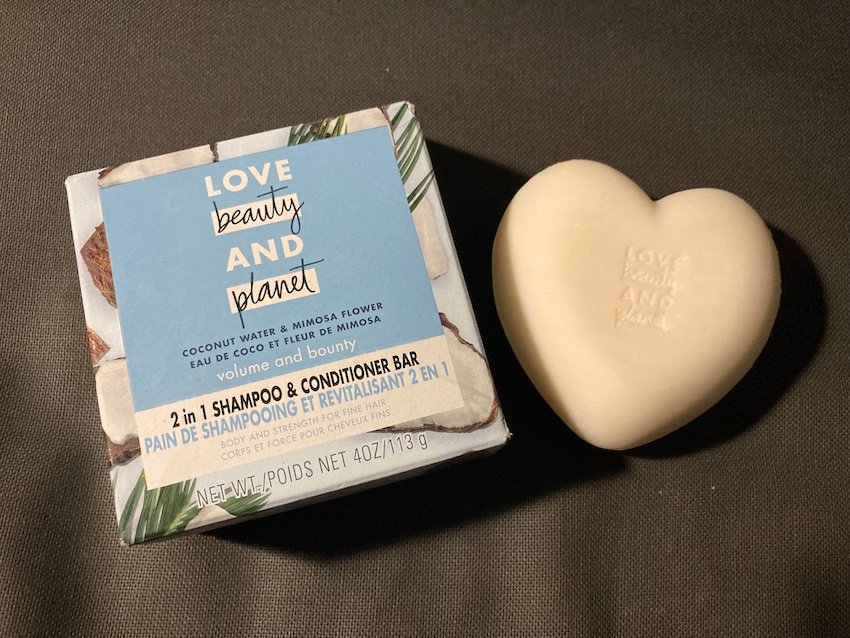What to Pack for long-term travel – whether it be for a month, a gap year, or for indefinite travel – can be overwhelming. On one hand, you want to make sure you have everything you might need for a long period of time or even an indefinite period of time away form your home base; but on the other hand you need to be able to balance what you bring with what you can comfortably carry. A too-heavy bag (see cover photo of this blog post) can drag down your travels, and make your movements less enjoyable. Having travelled for a year with just a backpack, I have learned that so long as you are strategic about what you bring, you really don’t have to carry much more weight for a year of travel than you would for 1-2 weeks of travel.

Content:
- Guidelines for Packing Light for Long-term travel
- Packing list for 1 Year (or more) of travel
- Final thoughts on how to pack for Long-Term travel

Guidelines for Packing Light for Long-term travel:
- Keep your pack weight to less than 15% of your body weight – to a maximum of 12 – 15KG. The lighter the better.
- Cut down on clothing weight by investing in anti-microbial fast-drying fabrics that you can hand wash easily. I swear by Icebreaker clothing. I travelled for a year with just three Icebreaker 100% Merino tops. 100% Merino clothing is anti-microbial and anti-odor. The type of clothing can go several days – sometimes a week – without washing and still remain fresh and odor free. Investing in 100% Merino clothing means you can greatly cut down on the amount of clothing you need to bring.
- Use carry-on friendly bar shampoo and conditioner to cutdown on bulky liquids in your bag.
- Leave the expensive camera. Unless you are a professional photographer or photography is a true passion; consider leaving heavy, bulky cameras and just use your phone or a high-quality point-and-shoot camera. Phones cameras have come a very long way, and for most amateur photographers, it doesn’t make a big difference whether you use a professional camera or a high-end phone camera.


Packing list for 1 year of travel:
- A 35 – 45L lightweight backpack. There are so many backpack options out there, but here are a few that I believe are ideal for a round-the-world trip. Osprey backpacks are a renowned name both on the backpacking/travel circuit as well as for hiking and mountaineering. I recommend these packs because they’re great for carrying gear casually, but also top-of-the-line packs in case you wish to add hiking and mountaineering to your trip. The Osprey Lumina 45 is a hiking-style backpack that weighs in at an incredible 775g (less than 2lbs) – the only downside is that it is not as durable as other Osprey backpacks. The Osprey Eja (women) and the Osprey Exos (men) are two on the Osprey line that are both very durable, and lightweight.
- A lightweight folding daypack that you can use when you’re out and about exploring without your larger backpack. This is also very handy to have so you can keep your valuables and electronics with you to carry on your front when you are in transit from place to place.
- Sturdy hiking boots ideally with ankle support. I use and love Saloman’s Quest hiking boots (women/men) – they are considered some of the best in the market.
- Hiking poles I use these tri-fold hiking poles that can fit into my daypack when not in use. (Optional: note that if you plan to travel carry-on only, hiking poles are generally not allowed as carry-on items)
- 2L water bladder (highly recommended if you plan to add hiking/mountaineering adventures to your travel so you don’t have to reach back or take off your backpack to get a drink of water. You’ll want to hydrate often given the conditions.
- Headlamp – great for both navigating dark dorm rooms as well as for hiking/mountaineering. I prefer using a rechargeable headlamp to avoid disposable batteries.
- Powerbank. I used this one on various multiday hikes including 6 days on Kilimanjaro. Avoid powerbanks over 20000mAh for trips involving air-travel.
- Sunscreen. I love using La Roche Posay SPF 50 for Kids a super-powerful sunscreen that’s also gentler on my sensitive skin.
- Brimmed hat or ballcap – very important to keep the sun off your face
- Flip-flops or hiking sandals for showering and post-hike
- 2-3 quick-drying t-shirts. If you wash your shirt every day and have an extra to wear in case it’s not dry by the next day. A 3rd T-shirt is wise, just in case. I love Icebreaker Merino t-shirts (women/men)– as they dry quickly and resist odors even after multiple wears. I basically alternated between 2 Icebreaker t-shirts for my active trips, with a 3rd Icebreaker shirt as a spare.
- 1-2 pair shorts – one for hiking, another for post-hike (optional).
- Lightweight towel
- Bar shampoo – I use this as my everything soap.
- 2-3 pairs of hiking socks. I use Icebreaker Merino socks (women/men)
- 1 pair of convertible hiking pants (men/women) – a 2-in-1 solution for both long pants and shorts.
- 1 long sleeve shirt (for the evening)
- 1 hoody or mid-layer – if you’re hiking in the cooler months, you might need an extra layer to keep the chill off I the evenings. I prefer Icebreaker Hoodies that stay fresh without washing for multiple wears.
- 1 rainshell (just in case it rains, but it is also helpful for keeping the wind off in the evening, and also in the pre-dawn hiking hours. Consider these ultralight packable jackets (women/ men)
- Rain poncho. This super light (about 50grams) rain poncho can go over both you and your backpack. Excellent value for weight.
- Silk sleep sack – a pure silk sleep sack weighs only about 100g, and is one of my most important kit items. I always have it in my carry-on. Whether its making me feel protected in dodgy accommodations or whether I get stranded somewhere – I always felt that I had a secure place to sleep with this sleep sack.
- Antibiotic ointment
- Swim Buoy: serves as both a dry bag that you can wear like a one-shoulder backpack to carry your belongings on dry land; swim beacon (so boaters can see you) and emergency floatation device in the water. The best part about the swim buoy is that you can safely carry your belongings with you while swimming as well, as the buoy is essentially a dry bag in addition to a swim safety device. Very essential for solo beach goers who do not have someone to look after their belongings on the beach and for personal safety
- Water wallet. Great for bringing phone, cash/cards and keys into the water with you so you don’t need to leave them on the beach.
- Snorkeling gear. Bringing your own snorkeling gear can save you quite a bit of rental money in the long run, and also allows you to go snorkeling anytime you want. You can leave the fins if you don’t have space, the mask and snorkel are the most important part. A pair of swim goggles could be a ultra-lightweight alternative to bringing snorkeling gear.
- Insect bite healer. This device is basically like a mini heat-pen that when applied to a fresh bite, denatures the poison from the insect bite and greatly reduces/eliminates itching and swelling. This is an absolute game-changer for those who have allergic reactions to bug bites. I normally get very bad swelling and itching from any bite that I get – but if I use this device when the bite is fresh, there is typically no evidence I even had a bite the next day!
- Electronics (Phone, laptop, associated chargers)
- Travel adaptor
- Phone case with a lanyard – you’re going to be using your phone for everything – photos, boarding passes, navigation. A lanyard helps you keep your phone close-by and also allows you to be hands-free. Also consider protecting your screen and lenses with a screen protector as your phone is undoubtedly going to be roughed around during travel.
- Camera and associated adaptor. As I am an avid diver and snorkeler, I use this waterproof, shock proof camera, that is waterproof up to 30m and shockproof up to 8m. If you want to have a real camera, the Sony ZV-1 camera is considered one of the best point-and-shoot cameras that can produce professional quality photos in a 10oz point-and-shoot device.
- Sarong: Something lightweight and inexpensive like this one is my go-to for a lightweight beach vacation. It packs into nothing and can even used as a towel in a pinch. Much better than carrying your typical beach towel, and also saves you from having to use your actual towel on the beach, and then wiping sand all over your body later on.
- Arnica (My go-to non-drug treatment for any bumps/bruises/inflammation while travelling. Great for anyone allergic to Advil like I am.)
- Sunglasses
- Hat. Your hats should have a brim to keep the sun off your face. This one has a SFP50 protection, and is lightweight and quick drying.
- Bug shirt (for the especially mosquito-prone). I use this one in a youth size.
- Portable bug net. If you’re travelling to insect prone places – ie: jungles, wetlands etc – you’ll be very glad to have one of these . I would have loved to have this in Tahiti (world’s worst mosquitos).
- Toothbrush, floss, toothpaste. If you use an electric toothbrush, consider this portable electric toothbrush that charges by USB-C – which eliminates the need to carry your electric toothbrush’s charging podium.
- Antihistamines – in case of allergic reaction on the road or to help with swelling associated with bug bites (if you’re allergic)
- Benadryl “itch stick” for bug bites. Instant relief from insect bites.
- Pepto-bismol tablets. This inexpensive medication is a life-saver for mild digestive issues/nausea that are bound to happen when travelling.
- Imodium. Same idea as the Pepto-bismol, but if stomach issues hit and you’re having to run to the toilet – this can help slow things down and speed up your recovery.
- Combination lock (for lockers at hostels). Email yourself the combination in case you forget it. A combination lock is far better than a key lock – as you can always retrieve your combination from your email, but you can’t easily retrieve a lost key.
- PacSafe Security Net or Security Safe to secure you backpack and valuables when there are no lockers at your hostel or guesthouse. Alternatively, you can bring a PacSafe theft-proof backpack that allows you to secure the locked backpack to a fixed object. Note the PacSafe Security nets and safes are more secure than the backpacks – as the metal netting provides 360 degree cut-proof protection on the nets and safes, while the backpacks generally offer only offer partial cut proof netting.
- Lightweight water filter. (I always bring my Sawyer filter. Even if you intend to only drink bottled water, you never know when you might need it, and it’s only 60 grams. I’ve used it to filter potentially sketchy tap water for brushing my teeth even when I’m only drinking bottled water.)
- Portable water-flosser. For those of you who have been tasked by your dentist to use a water-flosser, you don’t need to abandon your routine during your travels. This one is ultra-portable and weighs only 181 grams, with a telescoping water basin.
- Menstrual cups for who need them, provide a huge weight and waste savings for those who deal with Aunt flow every month. I use the Lily cup which collapses flat into a tiny container.
- She-wee for those who were not born with the ability to pee standing up – this is a game-changer for anyone considering longer treks during their travels. Super-recommended if you’re hiking Kilimanjaro or any other high mountains that do not have many trees to hide behind once you’re close to the top.

Final Thoughts on How to Pack for Long-Term Travel:
Packing for long-term travel can feel like a daunting task, but with the right strategy, it’s easier than you think. The key is to strike a balance between bringing essentials and keeping your bag lightweight and manageable. While it may seem tempting to carry more items when travelling for a longer period of time, I would recommend to always err on the side of minimalism. Every extra gram you carry will just be multiplied by the number of days you travel – so in a round-about way, it’s actually MORE advantageous to travel light the longer you travel, as you end up carrying less weight over the course of a longer period of time. With the right mindset and packing techniques, you can travel light without compromising comfort or convenience, whether you’re setting out for a month, a year, or an indefinite adventure.

